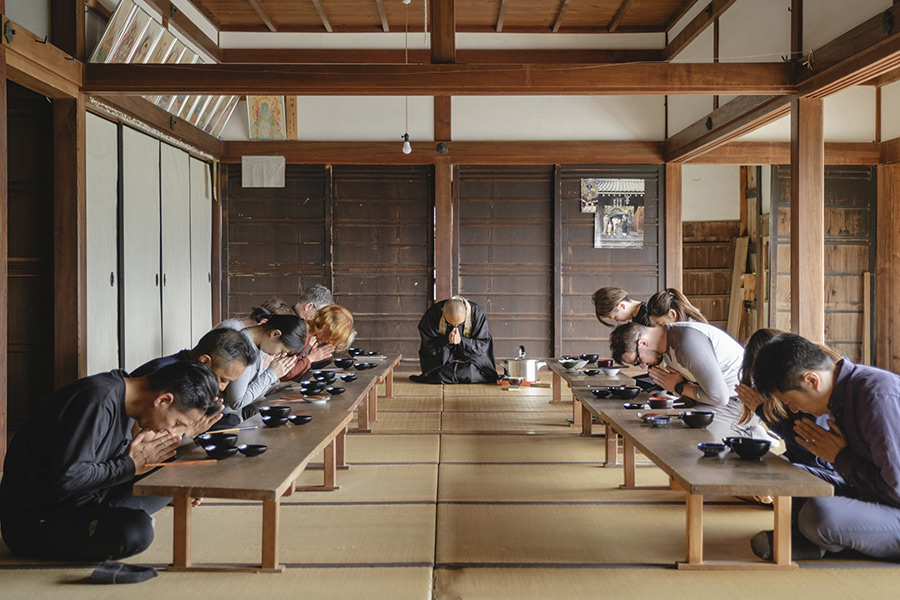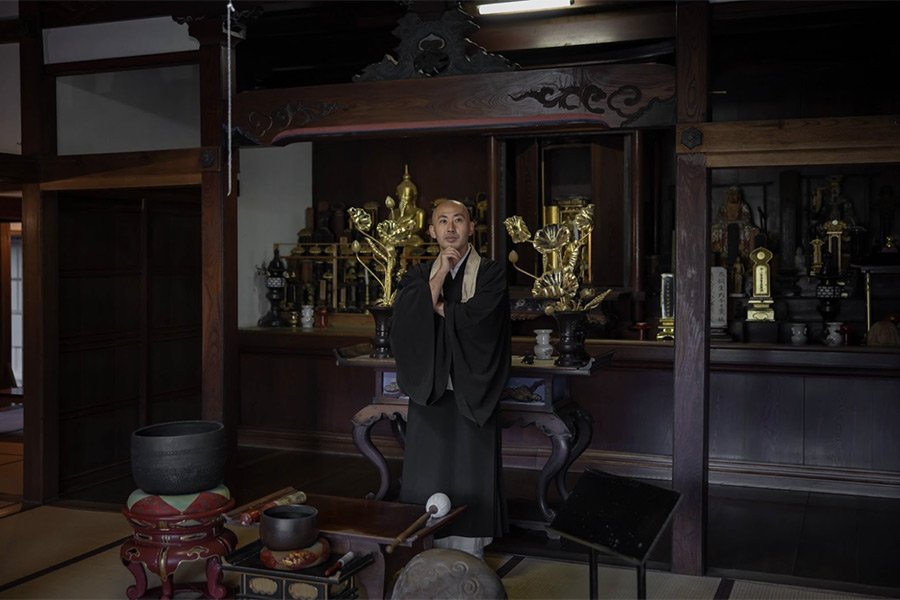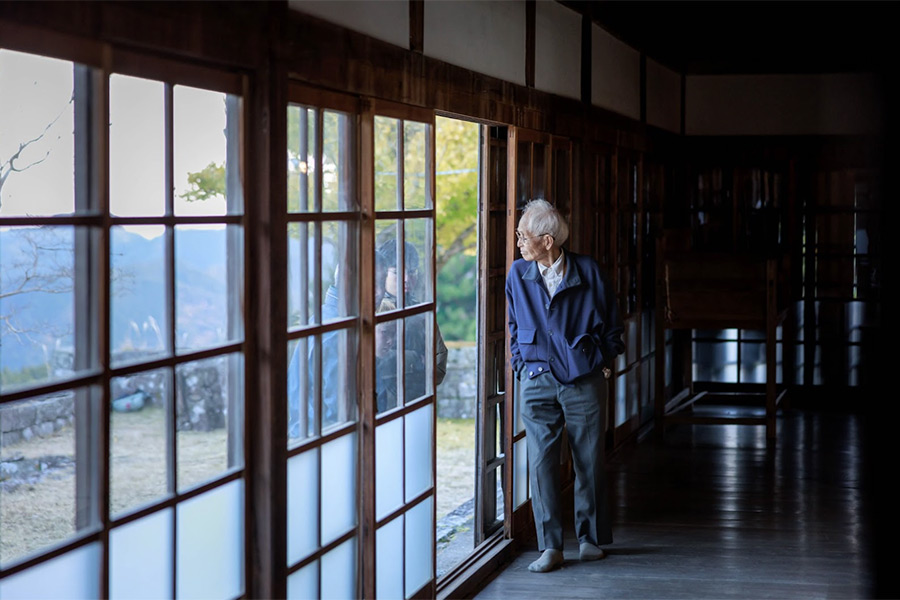Japan’s temples, once bustling with local families and daily rituals, are confronting an unsettling reality: the faithful are aging and dwindling, and so are the priests who serve them. This crisis is rooted in deep social change and the slow disintegration of a centuries-old support system known as the danka system.
What Is the Danka System?
The danka system dates back to the 17th century, when the Tokugawa shogunate mandated that all households affiliate with a local Buddhist temple. This system was designed to suppress Christianity and strengthen social order, but it also cemented a financial and ritual relationship between temples and local families.
The danka system, established in the 17th century by the Tokugawa shogunate, was originally designed to suppress Christianity and strengthen social order by mandating that all households affiliate with a local Buddhist temple. Rather than promoting genuine belief, the system served primarily administrative and political purposes, functioning as a population registry that emphasized affiliation over faith.
Under this arrangement, each danka household contributed regular donations and paid fees for funerals, memorial services, and grave maintenance. In return, temples provided spiritual services and safeguarded family graves ensuring that each generation honored its ancestors properly, a cornerstone of Japanese cultural identity.

How Fast Are Temples Losing Support?
Today, this once-stable structure is unraveling. According to Japan’s Agency for Cultural Affairs, Japan has roughly 77,000 Buddhist temples, which is more than all the country’s convenience stores combined, but many are struggling to stay open.
A national survey by the Japan Buddhist Federation revealed that nearly 40% of temples have no successor priest lined up, a number that jumps in rural areas. Additionally, Japan’s overall Buddhist population, often measured by the number of danka households, has declined by millions since the early 1990s as younger generations drift away from organized religion and traditional family gravesites.

One study notes that between 1992 and 2007 alone, the Buddhist population shrank by about 6 million people, with smaller temples suffering the most.
Why Does This Matter?
Temples are more than places of worship. They are community hubs, caretakers of local history, and custodians of sacred art and cultural practices. They also anchor the deeply rooted custom of ancestor veneration, which shapes how families think about life, death, and identity.
As danka households disappear, temples lose their main source of income. Many can no longer afford repairs, staff salaries, or necessary upkeep, leading to a rise in abandoned and decaying temple sites. Without priests, families struggle to find someone to perform funerals and memorial rites, which is a practical and spiritual dilemma in a country where proper ancestral care is a sign of filial piety.

A Changing Landscape
Faced with this slow-motion crisis, some temples are adapting creatively: renting out temple spaces for concerts, hosting yoga classes, and launching tourism experiences for visitors from Japan and abroad. Others form regional networks to share priests among multiple temples or even rely on part-time monks who also hold secular jobs.
Still, the scale of the challenge is daunting. Without sustained public interest or policy innovation, many small temples, in rural Japan especially, may disappear within a generation, taking with them not only centuries-old architecture but an irreplaceable thread of community life.
References
Ikemoto, Takahiro (2017).「現代日本における寺院減少と檀家制度の変容」高野山大学密教文化研究所紀要第32号